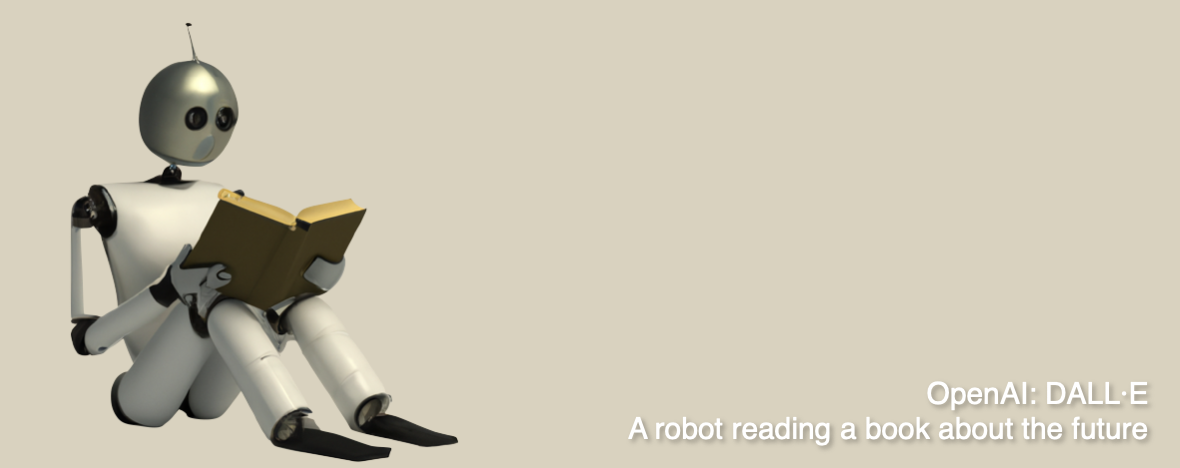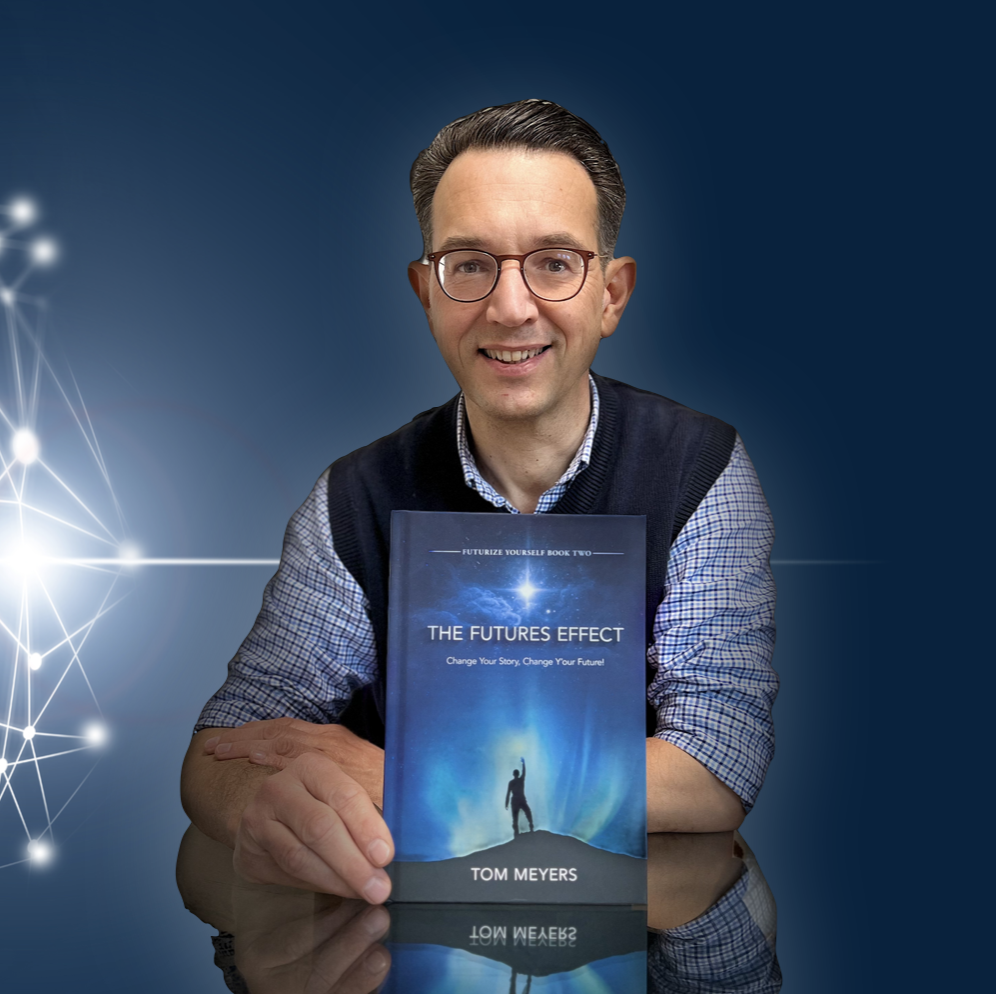|
Tom Meyers’ second book "The Futures Effect" explores the benefits of Futurizing Yourself for your health and wellbeing through consciously incorporating futures thinking into your everyday decisions, choices and actions that will enhance your present and equip you to flourish and thrive in a fast-changing world.
The book is divided into three main sections, each of which addresses a different aspect of futurism. The first section of the book focuses on what Futurizing Yourself is, its importance in today's rapidly changing world and how it can help you prepare for and adapt to future challenges. The second section of the book explores the various drivers of change that shape the future, including technology, demographics, economics, and culture. Meyers uses real-world examples and case studies to illustrate how these drivers are affecting different industries and areas of society and provides readers with tools and frameworks for analysing and anticipating future scenarios. For example, someone interested in pursuing a career in healthcare could research emerging technologies and demographic shifts to identify areas of growth and opportunity. The third section of the book is focused on practical applications of Futurizing Yourself, including scenario planning, innovation, and developing a personal plan for the future. Meyers provides readers with a step-by-step guide for using Futurizing Yourself to develop innovative and effective strategies for individuals and to make the future into an asset. For example, developing a curiosity about the future can help you stay up-to-date on emerging trends and technologies, while embracing uncertainty can help you become more adaptable and resilient. Throughout the book, Meyers emphasises the importance of developing a "futures mindset," which involves embracing uncertainty and ambiguity, challenging assumptions, and cultivating a curiosity about the future. He argues that by adopting a futures mindset and incorporating Futurizing Yourself into your decision-making processes, you can have more grip over your future and meet future needs. Overall, "The Futures Effect" is a comprehensive and practical guide to Futurizing Yourself that is accessible for readers of all ages and educational levels that are concerned about the future. Meyers provides readers with a wealth of information and tools for anticipating and preparing for the future, making the book a valuable resource for anyone interested in heightening their futures consciousness to embrace the future with confidence and equip you to flourish and thrive in a fast-changing world.
0 Comments
|
Tom Meyers
I'm an osteopath, body-centred stress coach, wellbeing futurist, space enthusiast, TEDx organiser and author of “Futurize Yourself” and “The Futures Effect”. ArchivesCategories |


 RSS Feed
RSS Feed
